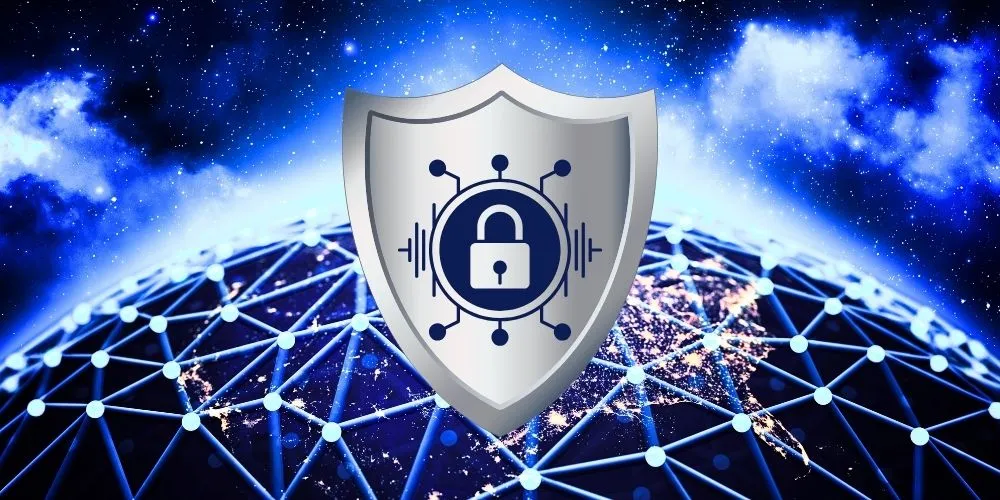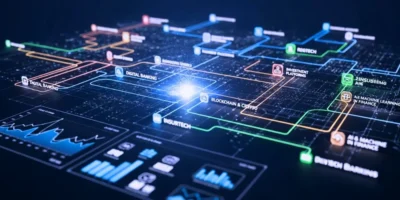In today’s digital age, cybersecurity threats are evolving at an unprecedented rate, challenging the effectiveness of existing security measures. As cybercriminals employ increasingly sophisticated tactics, questions arise about whether current cybersecurity solutions are adequately prepared to defend against these emerging threats. While technological advancements have bolstered defenses, the dynamic nature of the evolving cyber threats requires constant innovation and vigilance.
The Rapid Evolution of Cyber Threats
Cyber threats are no longer limited to traditional forms like malware and phishing. They have expanded to include advanced persistent threats, ransomware, and attacks exploiting artificial intelligence and machine learning. The rise of remote work and the increasing interconnected devices through the Internet of Things (IoT) have widened the attack surface, making it easier for cybercriminals to infiltrate systems. This rapid evolution of threats underscores the need for cybersecurity solutions that can adapt quickly and efficiently.
Current Cybersecurity Solutions
Cybersecurity solutions have also advanced to counter these evolving threats, incorporating AI-driven analytics, machine learning for anomaly detection, and automated threat response mechanisms. Endpoint detection and response (EDR), Zero Trust architectures, and advanced firewalls represent some of the latest innovations designed to enhance security postures. However, while these tools offer significant improvements, they are not foolproof. Many solutions still rely on reactive measures, detecting threats only after they have breached defenses, which may be too late to prevent damage.
The Challenges of Keeping Up
One of the primary challenges facing cybersecurity solutions is the speed at which new threats are developed and deployed. Cybercriminals are often steps ahead, exploiting vulnerabilities faster than they can be patched. Moreover, the shortage of skilled cybersecurity professionals exacerbates the problem, leaving many organizations without the expertise to manage and update their defenses effectively. This gap between threat evolution and solution adaptation poses a significant risk to the security landscape.
The Need for Proactive Approaches
Cybersecurity must shift towards more proactive approaches to keep pace with emerging threats. This includes predictive threat modeling, continuous monitoring, and real-time intelligence sharing across industries. Enhancing collaboration between private companies, governments, and international bodies is crucial to developing a unified defense against cyber adversaries. Investing in research and development to stay ahead of cybercriminal tactics is no longer optional—it is a necessity.
Conclusion
While current cybersecurity solutions have made significant strides, they are still struggling to keep up with the rapidly evolving landscape of cyber threats. The complexity and speed of emerging threats demand a proactive and adaptive approach to cybersecurity, combining advanced technology with a strategic focus on prevention and collaboration. By staying ahead of the curve, we can protect our digital infrastructures from the ever-growing array of cyber risks.













